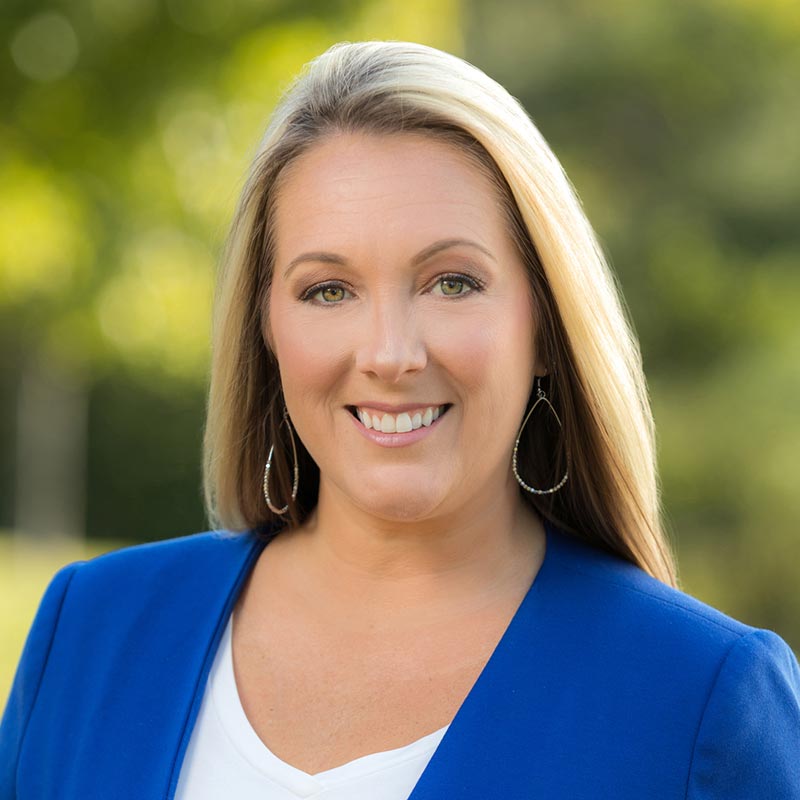The EdTech Landscape: A sea of offerings
Assessing instructional needs, discovering products in the market, and evaluating these products for best fit have been recognized by organizations such as Digital Promise as top challenges within school districts for many years. Among these challenges, educators must navigate a sea of EdTech offerings – touting greater student achievement and promises of desired outcomes – before the journey can even begin.
When asked Technology Directors often quote the multitude of offerings available to school districts and teachers as the greatest challenge in EdTech purchasing. It’s no surprise school districts are hesitant to change since the very first step – identifying potential solutions – is a daunting one.
Challenge #1: Discovering Products in the Market
With the everchanging landscape of EdTech and the plethora of products available, incorporating evidence-based research and evaluations in a post-COVID world is even more critical than before. Finding solutions for an individual district’s needs can be difficult and time-consuming, with no single source listing the products available, an inundating amount of solicitation emails, and provider pitches that can seem overwhelming.
Edtech Evidence Exchange CEO Bart Epstein shares with EDSCOOP “Imagine a course catalog that has 7,000 courses in it and they’re not in alphabetical order, and there’s no numerical ratings…and nothing has prerequisites listed.” It’s a great comparison to the level of chaos our educators are presented with as they begin the purchasing journey.
Given upwards of $41 billion is being spent annually in EdTech – in the U.S. alone – (according to EdSurge), it’s imperative that our schools have insight into solutions available in the market and potential benefits to educators and impact on student outcomes.
As Epstein added, “The real question isn’t, ‘How much are we spending?’” he says in an interview. “The real question is, ‘What are we getting for how much we’re spending?’”
Challenge #2: Gathering Evidence to Make Informed Decisions
As previously noted, an overwhelming number of available EdTech products are heavily marketed to district leaders and educators alike, and they can be difficult and time consuming to sort through. To exacerbate the purchasing process, in many schools, individual teachers select and adopt products for their classrooms, even as leaders are seeking more standardized ways to oversee purchasing and adoption. Further, the evidence base for products varies from non-existent to substantial, yet it is difficult to know whether or not a product is appropriate for a particular context, especially when considering the significant number of other potential factors that could impact student achievement. Many districts conduct formal pilot programs (draining valuable resources with this often herculean effort) to mitigate the risk in the decision-making process but it is still a challenge to select the right products to adopt and scale, with no formal way to assess student and educator needs.
Challenge #3: Conducting Thorough Product Evaluations
Little emphasis is placed on thorough product evaluation – likely due to time and resource constraints, quick purchasing timelines, and a lack of measurable outcomes. In addition, buyers of EdTech products are often not users of the product and there’s a lack of rigorous evidence demonstrating product effectiveness.
The result…oftentimes, educators are blindly selecting solutions without understanding if they are a good fit within their school or classrooms. On the flip side, Tech Directors in the largest of school districts have shared they spend hundreds of hours evaluating solutions – a luxury many cannot afford. Resources once committed to accomplishing these tasks have pivoted back into the classroom or to support increasing demand for digital transformation.
The Solution: Veracity Verification Solutions
In order to effectively evaluate solutions, districts need to rely on a variety of seasoned educators with different backgrounds, roles, and expertise to properly vet potential solutions. Furthermore, the evaluators must possess the technical know-how to navigate interoperability and ensure data security and compliance. Lastly, the ideal cohort of evaluators should show no vendor bias.
Our educational system needs a third party – an intermediary – between Educators and EdTech that has the resources and wherewithal to deliver thorough product evaluations with dedicated and unbiased experts to simplify the entire EdTech purchasing process to help all educators and school administrators find products that meet their needs.
Get the truth…verified, with Veracity.

Author: Amy Robertson
Chief Revenue Officer, Veracity Verification Solutions
